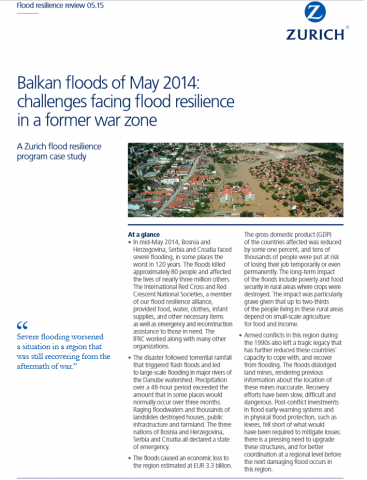Community Resilience Assessment Tool

Household and committee surveys for measuring overall community resilience and for tracking changes following integrated interventions. This tool has been developed by the American Red Cross as part of its work with Red Cross Red Crescent national societies in Latin American and the Caribbean under the Resilience in the Americas (RITA) initaitive.
This document presents four complementary assessment surveys, based on a review of the academic literature and current best practices: a questionnaire focusing on critical components of community resilience; and sector-specific assessment tools, limited here to the two sectors most frequently prioritized by the communities in the RITA needs assessment process, namely Disaster Risk Reduction (DRR) and Water / Sanitation (including health components addressed in Water/Sanitation programming). However, it is expected that additional modules will be developed to address other critical needs for which the Red Cross Red Crescent has experience (shelter, livelihoods, violence prevention, etc.), as well as interventions around components of resilience (building community capacity and cohesion, engagement of external actors, advocacy, etc.).
The approach draws extensively on:
- the Communities Advancing Resilience Toolkit (CART) developed by the Terrorism and Disaster Center at the University of Oklahoma Health Sciences Center
- the World Bank’s Social Capital Assessment Tool (SOCAT)
American Red Cross, 2014.
